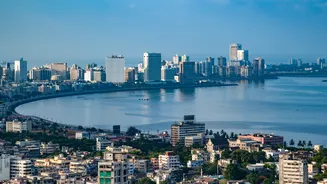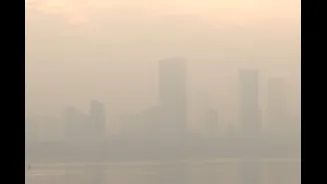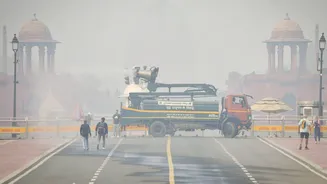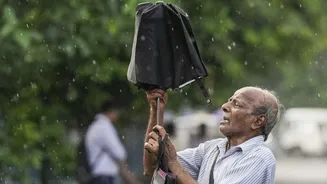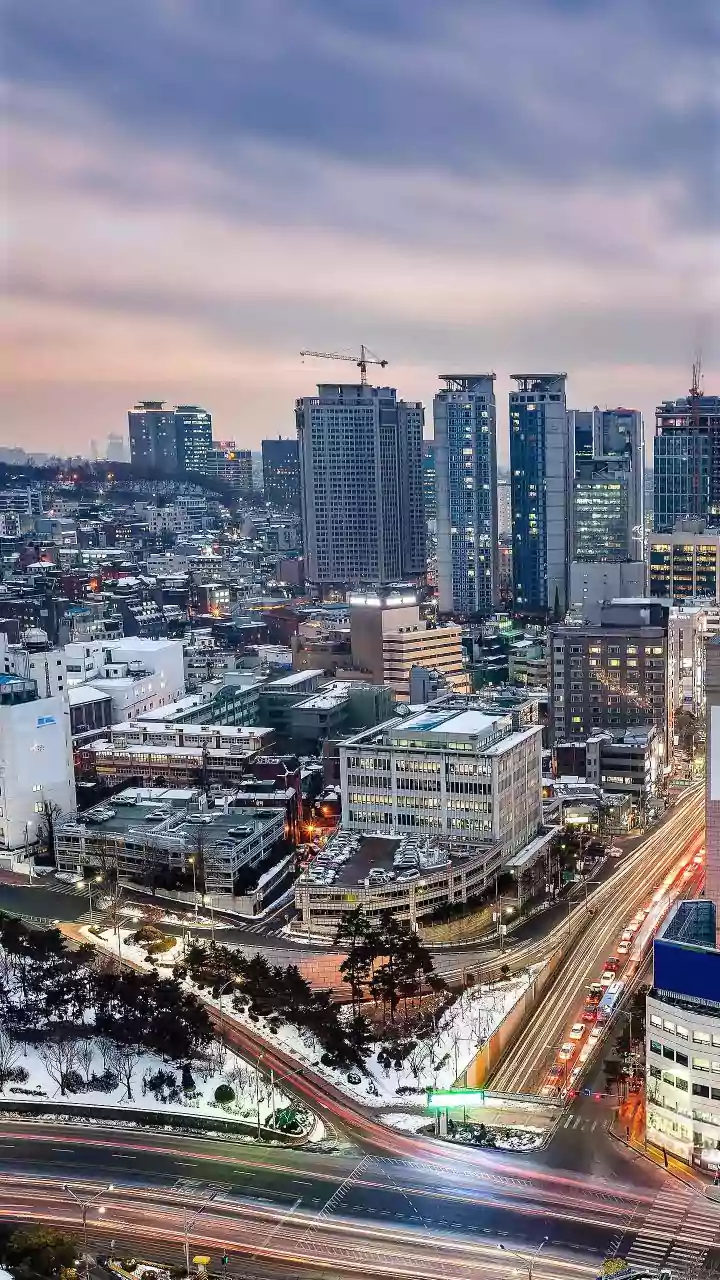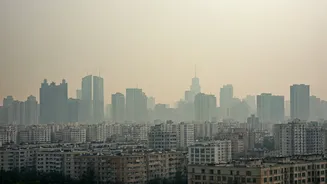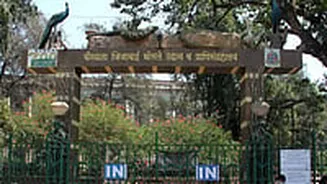Mumbai Weather: Mumbai breathed a little easier on Saturday as the city’s air quality remained in the ‘moderate’ category for the second consecutive day,
recording an overall Air Quality Index (AQI) of 104, according to data from the Central Pollution Control Board (CPCB). The figure marked an improvement from Friday’s 145, still moderate but relatively higher. Experts, however, note that such fluctuations are typical during this transition phase between monsoon and winter, when changing wind patterns and humidity affect pollution levels.
Cooler Mornings Return to the City
The city also began to feel the first hint of seasonal coolness, with temperatures dipping slightly below the usual for this time of year. The India Meteorological Department (IMD) reported minimum temperatures of 23.5°C at Colaba and 21.2°C at Santacruz on Saturday, both a degree or so lower than Friday’s readings of 24.8°C and 24.2°C.Meteorologists said this subtle decline signals the onset of Mumbai’s mild winter, which typically begins around mid-November.
Mixed Air Quality Across City Pockets
While the overall AQI remained moderate, air quality varied noticeably across different parts of the city. Areas near the Mumbai International Airport (107) and Byculla (110) continued to record moderate levels.In contrast, several neighbourhoods enjoyed relatively cleaner air. Colaba (44), Sion (62), and Worli (88) all fell within the ‘good’ range, while suburbs like Powai (88), Vile Parle (71), and Borivali (52) also reported healthier readings.
What the Numbers Mean
An AQI between 0–50 is considered ‘good’, 51–100 ‘satisfactory’, 101–200 ‘moderate’, 201–300 ‘poor’, 301–400 ‘very poor’, and above 400 ‘severe’. Health experts warn that prolonged exposure to moderate air can still cause mild respiratory discomfort, especially for sensitive groups such as children, the elderly, and people with heart or lung conditions.Environmental experts caution that Mumbai’s air quality may worsen in the coming weeks, as humidity drops and cooler temperatures trap pollutants closer to the ground. Factors such as vehicular emissions, ongoing construction, and dust from infrastructure projects remain key contributors to the city’s pollution levels.
